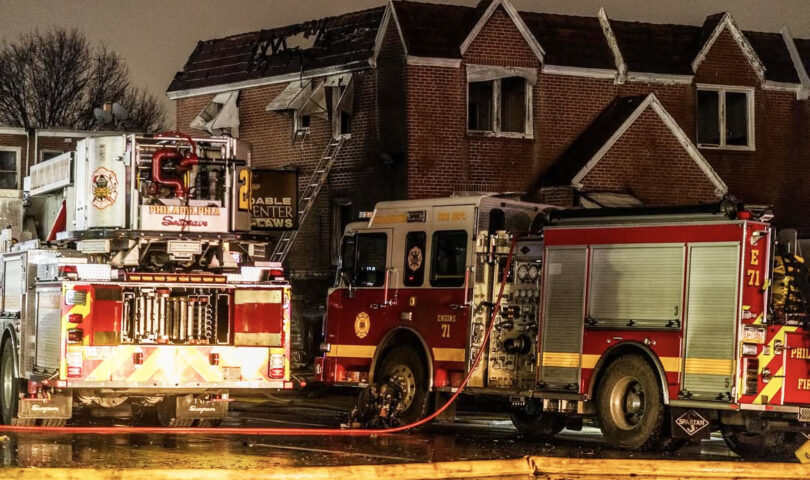A military BlackHawk helicopter crashed into a passenger jet over the Potomac River outside of Washington D.C. on Jan. 29, resulting in 67 deaths, according to USA Today. The military helicopter was in the midst of training for a “night vision goggle annual check ride” when the two vessels collided. There were no survivors.
Investigations of the crash have revealed that one of the Blackhawk’s security measures, the automatic dependent surveillance-broadcast (ADS-B) system, was turned off. This has been criticized by Texas senator, Ted Cruz, who oversees the airline industry.
He reportedly stated, “Unless there was a compelling national security reason for turning it off, that does not seem justified and in this instance, this was a training mission so there was no national security reason for ADS-B to be turned off.”
However, this isn’t a stand-alone event. Following this incident, AP News conducted a review of federal databases regarding close calls and similar dangerous aerial situations.
The AP’s review of the NASA database found that commercial airline pilots repeatedly lodged concerns about the congested airspace and the risks of helicopters and planes flying in close proximity,” they reported.
The article went on to state that over a dozen of such events have occurred near the Washington D.C. airport. There is a military base using the same airspace as commercial flights at the same times, while there are frequently air-traffic controllers working understaffed — there was only one on shift during the crash, filling the role that is usually occupied by two people.
D.C. had another close call this past May, where a military helicopter passed under a commercial jet with just a couple hundred feet to spare. Worse still, it was close enough that the pilot reportedly “never saw it,” yet was never informed by the air traffic controller that it was there.
Additionally, a mere week before the deadly Jan. 29 crash, “at least two planes had to abort landings because helicopters got too close,” according to AP News.
Just two days later on Friday, Jan. 31 around 6 p.m., a medical plane crashed in Northeast Philadelphia, killing seven people. This plane contained six people, including a mother and her daughter, who was being treated for a life-threatening condition, and four others who were highly trained, seasoned workers. One person was killed on the ground following the crash on Roosevelt Boulevard, and dozens more were injured.
The jet was in the air for only seconds after departing from Northeast Philadelphia Airport, according to NBC10. There is still no determined cause of the crash.
The Philadelphia crash also led to several homes being caught on fire, as well as contaminated air and soil and created an eight – foot deep crater, according to WHYY. The fires led to polluted air quality, from both the jet fuel and materials used in house construction. WHYY reported, “These hazards can exacerbate issues such as asthma and chronic obstructive pulmonary disease, and in extreme cases, cause heart attacks.” Additionally, environmentalists had to remove significant amounts of contaminated soil from the site.
jamabil3@ramapo.edu
Featured photo courtesy of @thomashengge, Instagram






